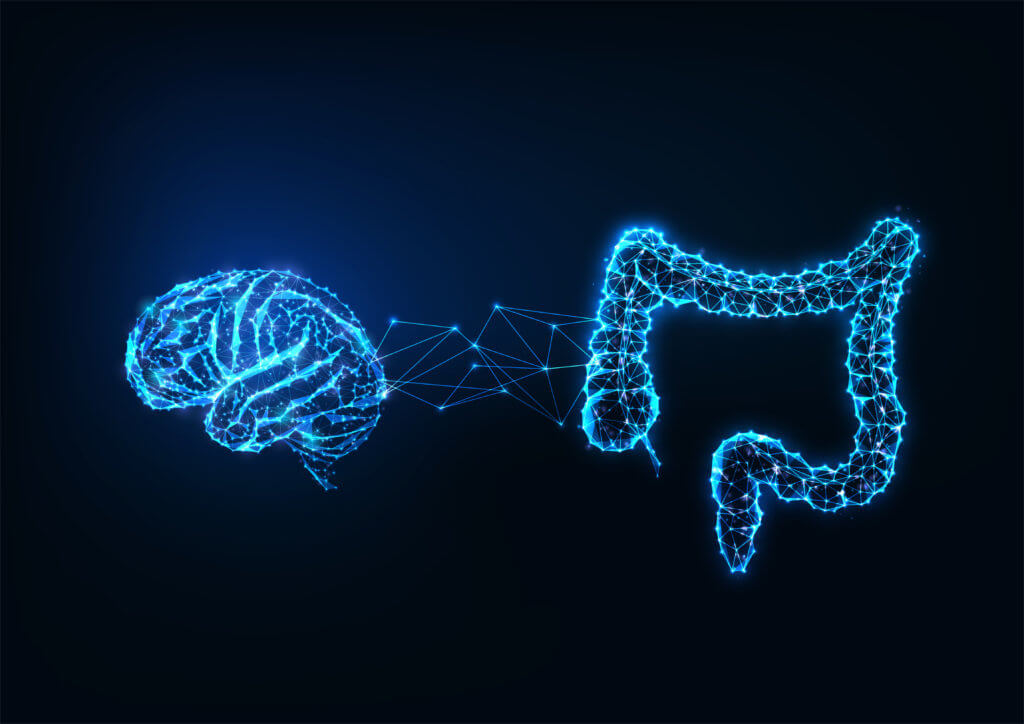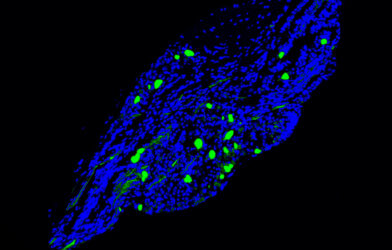Gut toxins play a key role in gastrointestinal issues, but now, a new study reveals a specific toxin is a major contributor to Alzheimer’s disease. For the first time, researchers at LSU Health New Orleans discovered a pathway that starts in the gut and concludes with a pro-inflammatory toxin in brain cells that’s critical in the development of Alzheimer’s.
Nearly 6 million Americans aged 65 and older have Alzheimer’s. That number is expected to increase to 13.8 million by 2050.
Researchers found a neurotoxin called BF-LPS is formed from lipopolysaccharide (LPS) — a molecule containing a powerful microbial-generated neurotoxin — which is obtained from the Gram-negative bacteria Bacteroides fragilis in the human gastrointestinal tract.
“LPSs in general are probably the most potent microbial-derived pro-inflammatory neurotoxic glycolipids known,” says Dr. Walter Lukiw, of the LSU Health New Orleans Neuroscience Center and the Departments of Cell Biology and Anatomy, Neurology and Ophthalmology, in a statement. “Many laboratories, including our own, have detected different forms of LPS within neurons of the Alzheimer’s disease-affected human brain.”
For the study, researchers observed the BF-LPS pathway from the gut to the brain and its actions once in the brain. Scientists say BF-LPS leaks out of the gastrointestinal tract, crosses the blood brain barrier through the circulatory system and infiltrates brain compartments. The neurotoxin then increases inflammation in brain cells and hinders neuron specific neurofilament light — a protein that supports cell integrity.
A decline of neurofilament light leads to progressive neuronal cell atrophy and then cell death. This is observed in Alzheimer’s-affected neurons. According to researchers, a sensible intake of dietary fiber can head off the process.
Researchers note the Alzheimer’s-stimulating pathway begins in our gut microbiome. It’s very “locally sourced” and active throughout our lives. BF-LPS is a natural by-product of gastrointestinal tract-based microbial metabolism. Dietary fiber intake can regulate Bacteroides fragilis, which is found in abundance in the microbiome.
“Put another way, dietary-based approaches to balance the microorganisms in the microbiome may be an attractive means to modify the abundance, speciation, and complexity of enterotoxigenic forms of AD-relevant microbes and their potential for the pathological discharge of highly neurotoxic microbial-derived secretions that include BF-LPS and other forms of LPS,” explains Dr. Lukiw.
On average, Americans eat 10 to 15 grams of fiber a day. The United States Department of Agriculture recommends women up to age 50 eat 25 grams a day and men 38 grams. Once over the age of 50, women and men should eat 21 and 30 grams daily.
Researchers believe their findings can lead to new diagnostic and therapeutic strategies in the clinical management of Alzheimer’s and other age-related neurodegenerative diseases.
The study is published in the journal Frontiers in Neurology.












Can they not find or develop a specific antidote to this neurotoxin?
It looks like “everything” starts in your GUT!!!